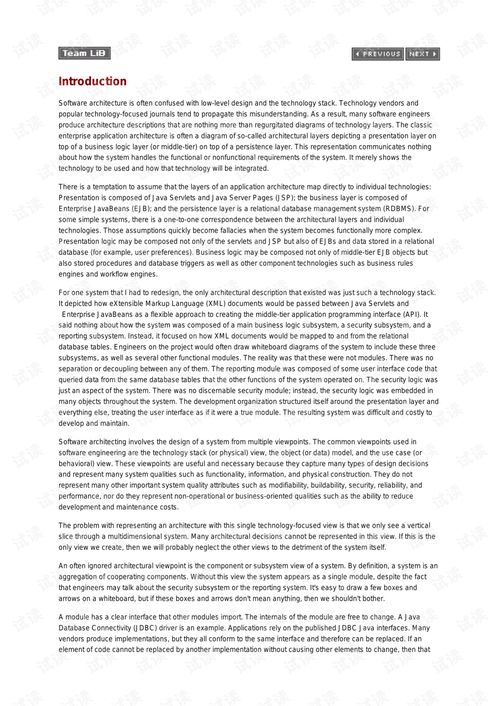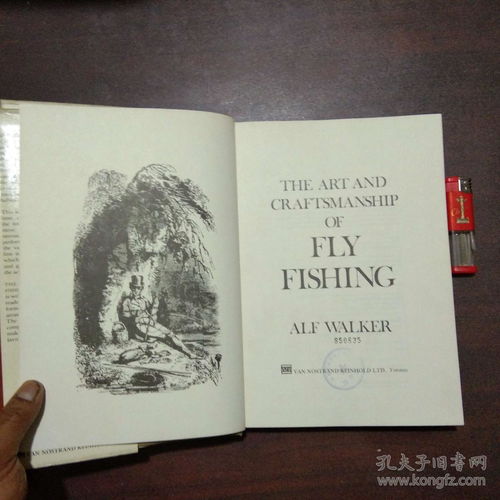Content:
Hand fishing, an ancient and sustainable method of catching fish, has been practiced for centuries by various cultures around the world. It requires patience, skill, and a deep understanding of the water and the fish you're targeting. Whether you're an experienced angler looking to diversify your techniques or a beginner curious about this unique way to fish, here's a comprehensive guide on how to use your hands to catch fish, complete with essential techniques and tips.
Understanding Hand Fishing
Hand fishing, also known as "freehand fishing" or "bare-handed fishing," involves using your hands to catch fish without the aid of traditional fishing rods and reels. This method is typically used in clear, shallow waters where fish can be spotted easily. It's a great way to connect with nature and can be a thrilling experience for anglers of all ages.
Choosing the Right Location

The first step in successful hand fishing is to choose the right location. Look for shallow waters with clear visibility, such as rivers, streams, or lakes. The ideal spot is where the fish are likely to be, such as near submerged rocks, logs, or weed beds.
Preparation and Gear
Before you start, make sure you're prepared. Here's what you'll need:
- A pair of sturdy gloves to protect your hands from sharp rocks and thorny plants.
- A hat and sunglasses to protect yourself from the sun and to see clearly.
- A small bag or bucket to store your catch.
- A first aid kit in case of any minor injuries.
Essential Techniques
Spotting Fish: The key to successful hand fishing is being able to spot fish. Look for ripples, disturbances in the water, or fish fins breaking the surface. Once you spot a fish, stay still and patient.
Approach: Once you've identified a fish, approach it slowly and cautiously. Avoid making sudden movements that could scare it away. The goal is to get close enough to reach out and grab it.
Grabbing the Fish: When you're close enough, reach out with your hand and try to grab the fish by its mouth or gills. Be gentle but firm to avoid damaging the fish.
Reeling In: If the fish is struggling, use your other hand to reel it in. Avoid pulling too hard, as this can cause injury to the fish or to yourself.
Landing the Fish: Once you've got a firm grip on the fish, gently guide it to the surface. Use your free hand to support the fish's body to help it recover from the stress of the catch.
Advanced Techniques
Using a Net: For larger fish or when you're not confident in your hand fishing skills, you can use a small net to help land the fish.
Timing: Pay attention to the fish's behavior. If it's feeding, it's more likely to be caught. Timing your approach during these moments can increase your chances of success.
Practice: Like any skill, hand fishing takes practice. Spend time in the water observing fish behavior and honing your technique.
Safety and Ethical Considerations
- Always prioritize safety. Wear appropriate clothing and footwear, and be aware of your surroundings.
- Respect the fish and the environment. Handle fish gently to minimize stress and injury.
- Be mindful of local fishing regulations and guidelines. Some areas may have restrictions on hand fishing.
Conclusion
Hand fishing is a unique and rewarding way to catch fish. It requires patience, practice, and a deep connection with the water. By following these techniques and tips, you'll be well on your way to mastering the art of hand fishing. So, grab your gloves and hat, and get ready to experience the thrill of catching fish with your own hands.












